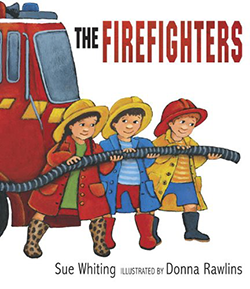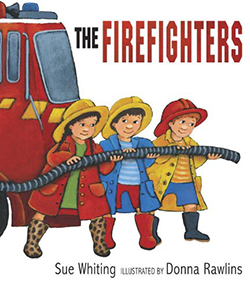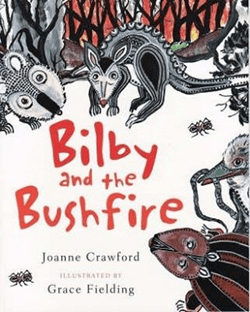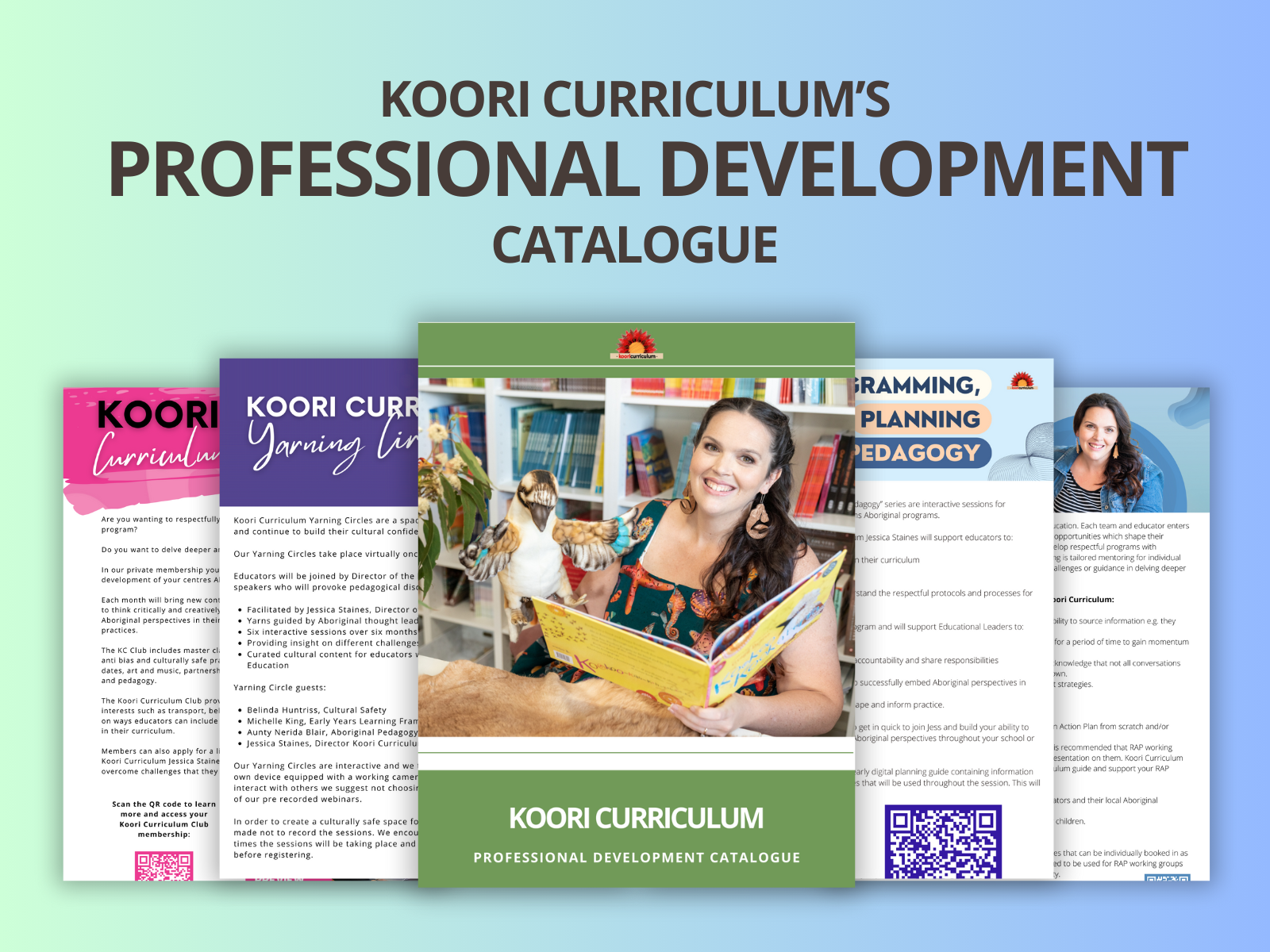
Developing Interests: Fire
At the beginning of the year one of our parents asked if we could organize an incursion from the local fire department as her son was “obsessed” with fire trucks. Little did I know that this simple suggestion was going to spark a yearlong investigation of fire in various contexts.
The local fire department did visit our service accompanied by an impressive truck. The fire fighters facilitated some great fire safety experiences with the children and let the group explore the ins and outs of their fire truck. All seemed to be going great until they began to get dressed in their fire safety gear which included a Darth Vader like mask which needless to say freaked out at least a dozen of the children into an inconsolable state.
To support our children in conquering their fears and to scaffold their interest and understanding on the important roles that fire fighters play in our community a dramatic play area was set up. This interest area was equipped with a steel frame truck for children to drive, uniforms, garden hoses, ladders and of course photo provocations on a nearby wall of our incursion; including photos of fire fights wearing their breathing apparatus’.

We sourced some fire station themed books; including ‘The Fire Fighters” by Sue Whiting. Which is a beautiful children’s book about a preschool teacher that is extending her group’s interest on fire fighters. The teacher in the story made fire trucks out of cardboard boxes which we then did with our children as well as organized a visit from their local fire station. This was an excellent story to introduce as our children could really relate to what was happening.
Meanwhile in our room another interest was unfolding around castles and princess’. As our children enjoyed making fire trucks out of boxes so much we extended this interest and made a castle out of a cardboard box as well.
The castle hadn’t been up for very long when it was suddenly attacked by a fire-breathing dragon leaving its occupants in need of fire fighters. It was because of this that we sourced and read the story “No Dragons for Tea” by Pendziwol and Gourbalt.
This book was great as it matched and married our two interests so well. Essentially a dragon is invited over for tea and a house catches on fire, fire fighters soon arrive and get things under control.
This book is inclusive as it challenges gender stereotypes by depicting a female fire fighter and it is inclusive of race as it shows fire fighters of various skin complections. Why I particularly like this book for its inclusive values is that there is no emphasis on the fact that there are female fire fighter which normalizes her presence.
In relation to the castle and princess interest we also sourced and read other inclusive stories such as “Princess smarty pants”, “The worst princess”, “The paper bag princes”, “Zog” and “King Jack and the Dragon”.
The story “No Dragons for Tea” again emphasized on the importance of fire safety and so we revisited some of our intentional teaching tools given to us by our local fire fighters. These were provocations that required the children to identify safe and unsafe fires. A discussion surfaced around this experience where children reflected on their own knowledge and experiences of fire in the context of bush fires and camp fires.
To link children’s knowledge and experience to our investigation we sourced a few books that also allowed us to begin introducing an Aboriginal perspective into this experience.
“Bilby and the Buhfire” by Joanne Crawford and illustrated by Grace Fielding was the first of the stories that we introduced.
This book is about how Australian animals cope during bush fires and is a sequel to the story “A home for bilby”. Joanne Crawford is a primary school teacher who is passionate about ensuring children have a better understanding of Aboriginal culture and Grace Fielding is an Indigenous artist who won many awards for her illustrations in children’s books.
During this language group experience I was able to share with children that traditionally many Aboriginal people practice fire stick burning which is what most people now refer to as back burning. This process saw the deliberate lighting of controlled fires that prohibited destructive bush fires from occurring. It was also done to rejuvenate growth and flush out animals for hunting at certain times of the year.

The next two stories that we introduced were “Damper” and “Collecting Firewood” by Sue Briggs Pattison and Bev Harvey. These stories are based on the lifestyle of the Yorta Yorta people of the Murray River and give an insight of the Koori children who grew up in this area. Many of the children in the group could relate to the experience of collecting firewood with their father on their own camping experiences and some became curious about the many traditional ways to cook damper on an open fire.
Perhaps these stories were the catalyst for what we did next, however if I’m honest it was always my intention of introducing a yarning circle and fire pit to our services program anyway. Over the course of many weeks a detailed risk assessment was completed in consultation with several fire departments and community members that brought about the birth of our yarning circle and fire pit.
By this stage it was winter and the fire was welcomed by many children and families. Most mornings the fire was lit and children gravitated towards it gathering around the yarning circle. The fire created an aura of stillness and provided a sense of togetherness in such an authentic way.

As time progressed we became more confident with our fire companion and began brewing billy tea and cooking damper using indigenous herbs such as bush tomato, lemon myrtle and wattle seed to flavor (of course some marshmallows were also roasted).
From children’s discussions and sharing of their own camping holidays we decided we would have a camping week where tents were erected and we all ate, slept and played outside the entire week.
During camping week we sang bush ballads such as “Click go the Shears” and “Waltzing Matilda” as well as Wendy Notely classic “Lets walk around the campfire”. Through singing bush ballads some children picked up on the slang words that were being used in reference to sheep e.g. jumbuck and joe. To broaden their knowledge and build understanding we sourced the books of these songs and planned language groups with a sheep skin for the children to explore.
This led into a small investigation of Australian sheering culture which brought to light the famous man on the Australian $50 note, David Unaipon. David Unaipon amongst many other things was known for being a famous Aboriginal inventor. One of his inventions being a shearing mechanism on clippers used by Australian shearers.
Another tangent of learning that came from our fire pit was scaffolding children’s knowledge of Aboriginal bush tucker and medicine. We have most recently acquired a native bee hive and wide variety of bush tucker plants. This interest has taken many twists and turns and has not burnt out yet.



